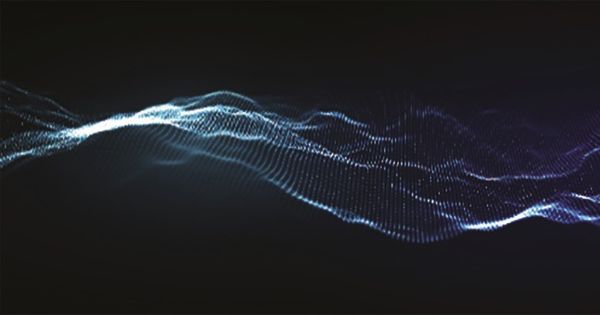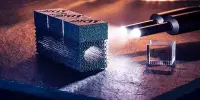Researchers develop next-generation optoelectronic and infrared devices
An international team of researchers led by the University of Minnesota Twin Cities has created a novel method for creating a quantum state that is part light and part matter. The study may also have an effect on enhancing the performance of nanoscale chemical reactions. The discovery offers profound new ideas for the more effective production of the next generation of quantum-based optical and electronic systems. The study may also have an effect on the improved performance of nanoscale chemical reactions.
Researchers develop a unique process for producing a light-matter mixture. The discovery provides fundamental new insights for more efficiently developing the next generation of quantum-based optical and electronic devices.
The research is published in Nature Photonics.
Quantum science explores the smallest scale of natural processes of light and matter. In this analysis, the researchers established a novel method in which they accomplished an “ultrastrong coupling” between infrared light (photons) and matter (atomic vibrations) by trapping light into small, annular holes in a thin layer of gold. These holes were as short as two nanometers, or about 25.000 times less than the width of human hair.
These nano cases, identical to the highly scaled-down form of the coaxial cables used to transmit electrical signals (like the cable that comes to the TV), have been packed with silicon dioxide, which is exactly the same as the window glass. Specific processing processes based on techniques built in the computer chip industry, make it possible to manufacture millions of these cavities at the same time, all of which simultaneously exhibit this ultra-strong photon-vibration coupling.
“Others have studied strong coupling of light and matter, but with this new process to engineer a nanometer-sized version of coaxial cables, we are pushing the frontiers of ultrastrong coupling, which means we are discovering new quantum states where matter and light can have very different properties and unusual things start to happen,” said Sang-Hyun Oh, a University of Minnesota professor of electrical and computer engineering and the senior author of the study. “This ultrastrong coupling of light and atomic vibrations opens up all kinds of possibilities for developing new quantum-based devices or modifying chemical reactions.”
The relationship between light and matter is fundamental to life on earth—allows plants to turn sunlight into energy and helps us to see things around us. Infrared radiation, with wavelengths far longer than we can see with our eyes, interacts with the movements of atoms in materials. For example, as the object is hot, the atoms that make up the object start vibrating more, letting out more infrared radiation, allowing thermal or night vision cameras.
Conversely, the wavelengths of infrared radiation absorbed by materials depend on what types of atoms make up the materials and how they are structured so that chemists can use infrared absorption as a “fingerprint” to distinguish various chemicals.
This and other applications can be enhanced by increasing the degree to which infrared light interacts with atomic vibrations in materials. This, in essence, can be done by concentrating the light within a small volume containing the components. Trapping light can be as basic as bouncing back and forth between a pair of mirrors, but even greater interactions can be realized if nanometer-scale metallic structures or “nanocavities,” are used to confine light to ultra-small-length dimensions.
When this occurs, the interactions will be intense enough for the quantum-mechanical aspect of the light and the vibrations to come into play. Under such conditions, the absorbed energy is passed back and forth between the light (photons) in the nano-cavities and the atomic motions (phonons) in the substance at a rate that is rapid enough that the light photon and the matter phonon can no longer be separated. Under such conditions, these closely coupled modes result in new quantum-mechanical objects that are part-light and part-vibration at the same time, known as “polaritons.”
The greater the interaction gets the stranger the quantum-mechanical consequences that can arise. If the interaction is intense enough, it may be possible to produce photons out of the vacuum or to allow chemical reactions to continue in ways that are otherwise unlikely.
The effects are profound. Usually, a particular chemical can react with another through a thermodynamically favorable pathway. “However by strongly linking the photonic cavity to the vibration of the competing bond in the initial molecule, the process could lead to the bond being broken first, giving it a preferential position to react and thus to change the resulting chemical,” Caldwell said.
“Normally, we think of the vacuum as basically nothing but it turns out this vacuum fluctuation always exists,” Oh said. “This is an important step to actually harness this so-called zero-energy fluctuation to do something useful.”















